In the halls of BlizzCon 2019, Overwatch 2 was first revealed to fans with “Zero Hour,” an emotional cinematic that culminates with Winston proudly proclaiming what we all wanted to hear: Overwatch was back.
Unfortunately, a worldwide pandemic, years of delays, and company-wide scandals dulled the bright-eyed hope that “Zero Hour” brought out in every Overwatch fan. Content droughts and a lack of communication alienated a dwindling fan base; as other games sped ahead, Overwatch seemed locked in stasis.
Today, fans finally get to break through the ice.
The early access, free-to-play build of Overwatch 2 that launches on Oct. 4 isn’t a perfect gaming vehicle by any means, but significant updates to its core gameplay as well as big quality-of-life improvements elevate it far beyond its predecessor. Add in the unexpected bonus of major customization options and a relatively affordable battle pass and you almost forget about the loss of PvE story mode, which will hit sometime in 2023.
Cynical players will rush to note what Overwatch 2 is missing, but after extensive testing time, it’s glaringly obvious that the sequel wasn’t developed to bring back those who have already given up on Overwatch. Instead, the game functions as a promise kept to fans who have waited and as a sparkling lure for players ready to join the fight.
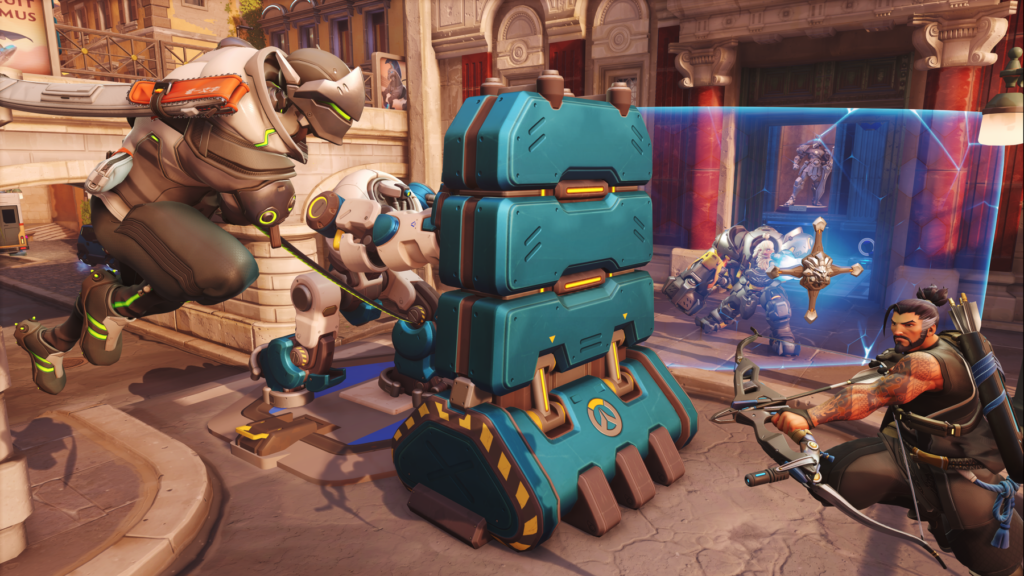
Gameplay changes and hero reworks add fun and fluidity
Overwatch 2 includes a lot of shiny baubles and goodies, but the parts developers took away matter just as much—if not more—than what they added.
The most obvious change is the swap to five-vs-five competition. The developers ditched a tank slot to create a more fast-paced, damage-centered game. Heroes like Orisa and Doomfist received complete overhauls while minor tweaks were made to troublesome or obnoxious heroes like Mei, Sombra, and Brigitte.
Assault mode, also known as 2CP, was completely removed from the game and replaced with Push, which prioritizes constant fighting and flanking instead of long stretches of staring at choke points.
Players often think that a sequel can’t possibly be successful if things are taken away from the base game. We’re always demanding more, more, and more. In Overwatch’s case, however, the nearly-intolerable parts of the experience have rightfully been removed to make way for more fluid and meaningful gameplay.
One of the biggest complaints about base Overwatch was the time spent shooting at shields or ceaselessly trying to take defense points. Beyond that, crowd control (CC) abilities dictated the tempo of the base game, creating an “unfun” experience that dragged players away faster than the lack of content did.
With damage-focused reworks and the addition of heroes that thrive in aggressive, fast-paced fights like Sojourn, Junker Queen, and Kiriko, Overwatch 2 does its damndest to keep the action moving. It succeeds to the point that fights will feel chaotic until you get the hang of a quicker pace, but that’s still objectively better than staring at three shields in a Hanamura choke point for five solid minutes.
Small quality-of-life boosts create a better game and community
Though the gameplay changes are big, at the end of the day, Overwatch 2 still feels like Overwatch. You’re still running around with a team of questionable skill while throwing yourselves at a payload or capture point. The real improvements in the sequel come from everything else surrounding that game time.
Overwatch 2’s best addition—by a long shot—is the ping system. Not only does this system remove the necessity of joining (often toxic) voice chat to make calls to teammates or point out enemies, it quickly becomes second nature as you progress throughout the game. Take it from someone who tried to go back to base Overwatch and kept slamming the “ping” button every five seconds: you don’t know how much you need it until it’s gone.
The sequel also introduces a First Time User Experience (FTUE) that’s caused some discourse in the community, but it’s a massive improvement over the base game’s tactic of throwing new players directly into the fire. New players begin with 13 of the game’s 35 heroes and two game modes. They’ll unlock everything over time while playing the game.
Most importantly, these restrictions are lifted when new players are in a group with existing Overwatch 2 players. Considering the game is now free to play, the developers have created a seamless way for Overwatch diehards to bring curious friends into the fray with no upfront costs. Word-of-mouth will run the success of Overwatch 2 and the company knows it, adding ways for new players to join a growing community without having to fork over $40.
Though we’ve yet to see Defense Matrix anti-toxicity tools in action, it’s another example that the developers are seeing the issues that ruined the experience of its base game and are responding in ways that actually matter. We were also unable to test the Competitive 2.0 changes since they only start on launch day, but those are steps in the right direction to make the competitive mode more of a fun challenge and less of an anxiety-inducing cesspool of toxicity.

Customization options and updated visuals are useless but extremely cool
Overwatch 2 ditched the level-and-loot-box mechanic of its base game and joined most other FPS titles by adding a battle pass. The $10 battle pass offers nine weeks of cosmetic unlockables like weapon charms, name cards, souvenirs, and the game’s first customizable Mythic skins. Season one’s offering is the Cyber Demon Genji Mythic skin, which boasts dozens of potential neon-plastered options for players to choose from.
Do you need anything in this battle pass to succeed in Overwatch 2? Absolutely not. Is there a certain kind of joy in having a perfectly coordinated pink sakura career profile and a cute Pachimari dangling from your weapons? You bet there is.
Not every addition to a game has to be philosophically meaningful or explicitly catered to the top echelon of competitive tryhards. All the new cosmetics, along with the new character portraits and updated skins for every hero, exist as the cotton candy to the “meat and potatoes” gameplay overhauls in Overwatch 2. They’re fun and that’s all they have to be.
Capitalism and queue times will still drag us down
Unfortunately, not everything is sugar-sweet in Overwatch 2 land. While the game is overwhelmingly a better, more functional version of its predecessor, some necessary evils will continue to alienate players.
A $10 battle pass with a full nine weeks of content isn’t too hard to sell to players, but the additional cosmetics and bundles offered in the new shop for upwards of 2,000 Overwatch coins—equal to $20—likely will be. Though they’re industry standard, those prices will likely turn people off. Loot boxes in Overwatch were essentially brainless gambling, but they did offer a relatively even (and free) footing for those willing to grind the hell out of the game.
Issues that plagued the base game have also not been entirely fixed and will be especially prominent for those who were critical of the game in the first place. Queue times will be lightning-fast at launch, but even open beta queues suffered immensely in various roles due to new heroes being introduced.
Heroes will still be overpowered and create extremely annoying dynamics, especially when they’re first introduced. Take Kiriko, for example, who does decent healing but instantly kills with accidental kunai hits from across the map. Her ultimate, Kitsune Rush, also immediately turns the tide of a battle. It feels like the same cycle of extreme power followed by panic nerfs from the developers with each hero introduced. Though no one will ever be as bad as release Brigitte, that horror still lingers.
The loss of PvE is also very apparent. Despite its downfalls, base Overwatch operated around chunks of lore that made people care more about the game. This time around, all we have are thousands of more voice lines to analyze. The entire thing feels a bit more heartless without a defined story involved, but that may be solved in 2023.
Overwatch 2 is what you make of it, good or bad
Overwatch 2 doesn’t magically fix all the issues that players—especially those who decided they were done with the game but somehow kept talking about it all these years—had with the base installment. It’s still Overwatch, just with a better engine and a new coat of paint.
After hours of playtime across the alpha, multiple betas, and an early access period, I’ve come to realize that’s not the audience that Overwatch 2 is catering to. People who hate the game will still hate it. Players who left due to long queues, overpowered heroes, or the endless grind for cosmetics won’t come back. While that’s bad for Overwatch 2’s bottom line, it’s a serious reality.
Instead, the sequel acts as a more accessible, more affordable adventure for new players who want to join their friends in the world of Overwatch. Above all else, Overwatch 2 will be a complete success for existing fans who always knew Overwatch could—and should—be better. By committing to years of concrete and continuous updates, the developers have shown that the core audience for Overwatch 2 is the people who demanded more out of such an expansive world.
The biggest win for the game is a simple one: it makes Overwatch fun again. If there’s any one benchmark that Overwatch 2 set out to achieve and unequivocally hit, injecting life back into a series that was teetering on the edge of extinction is definitely it.


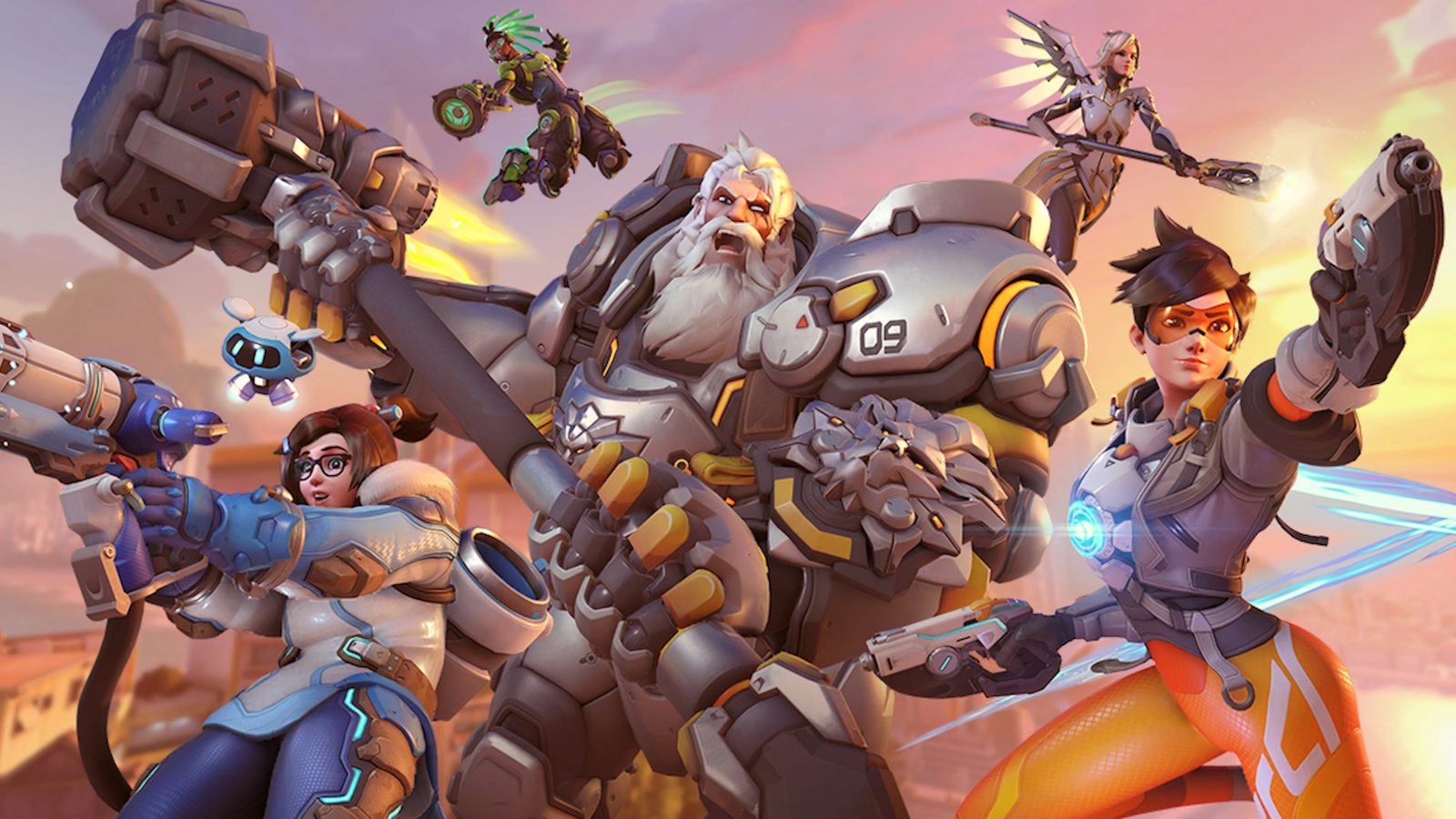
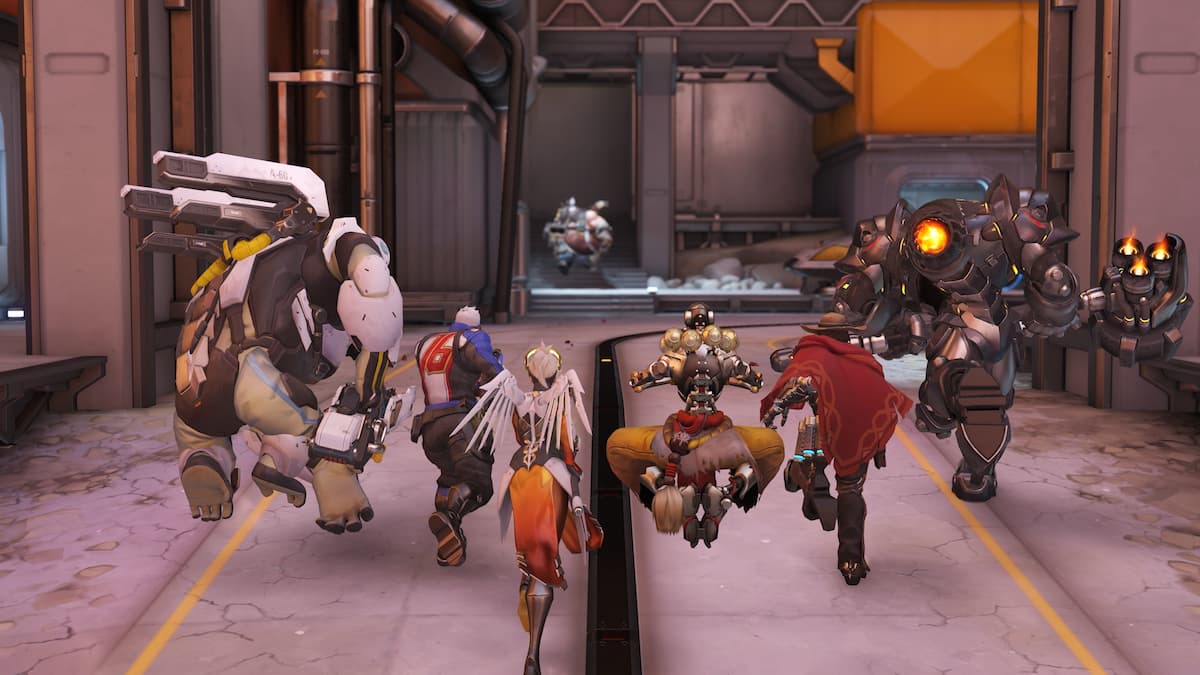

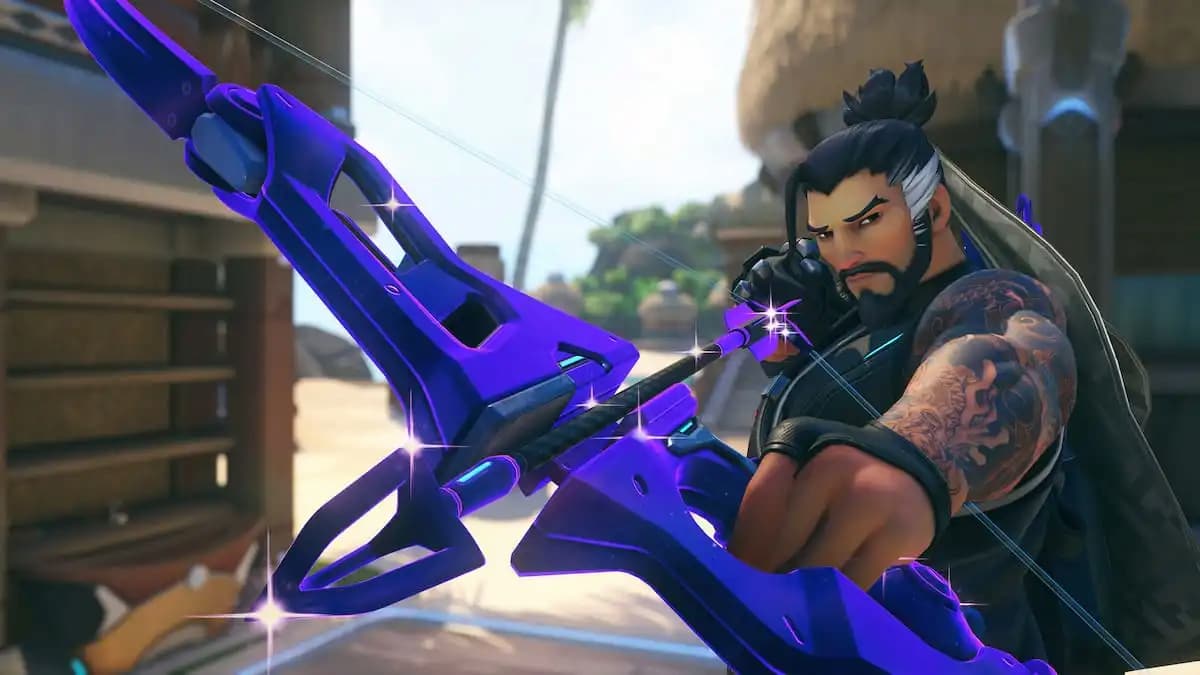

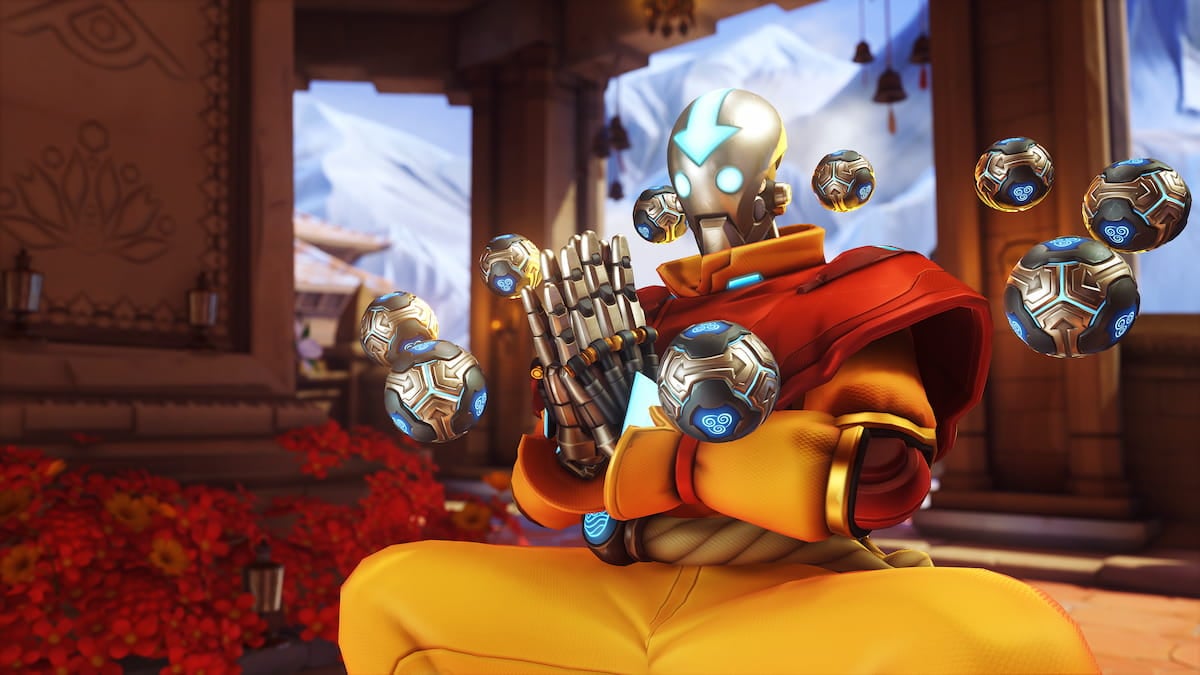

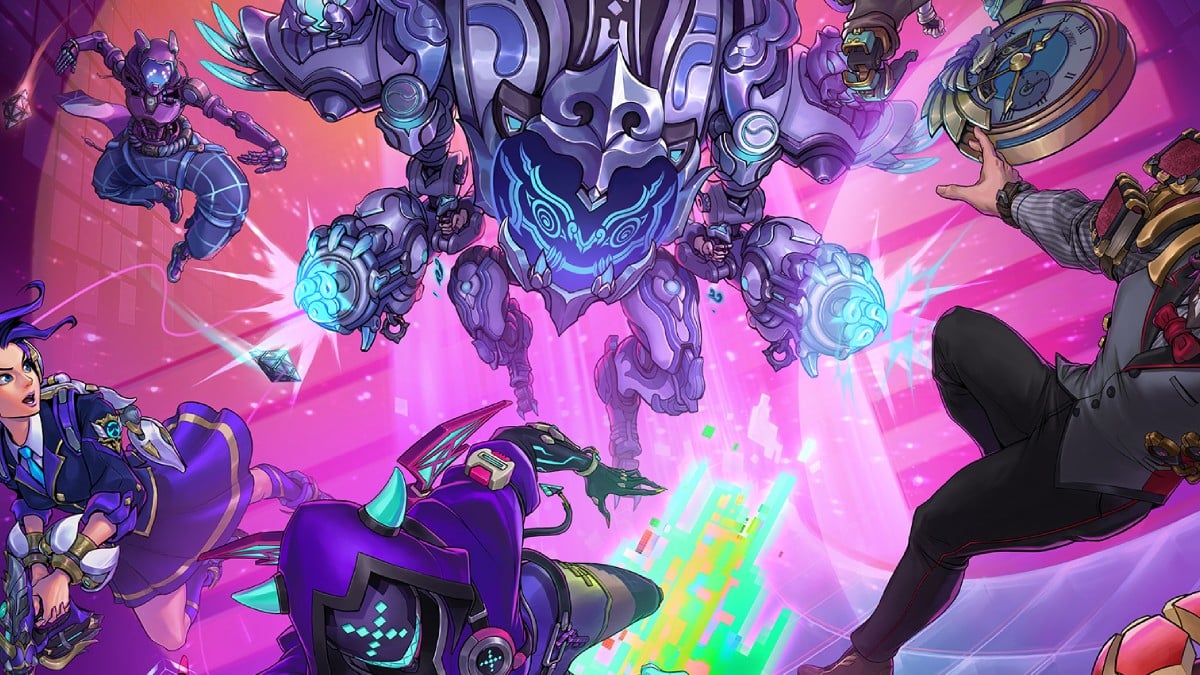
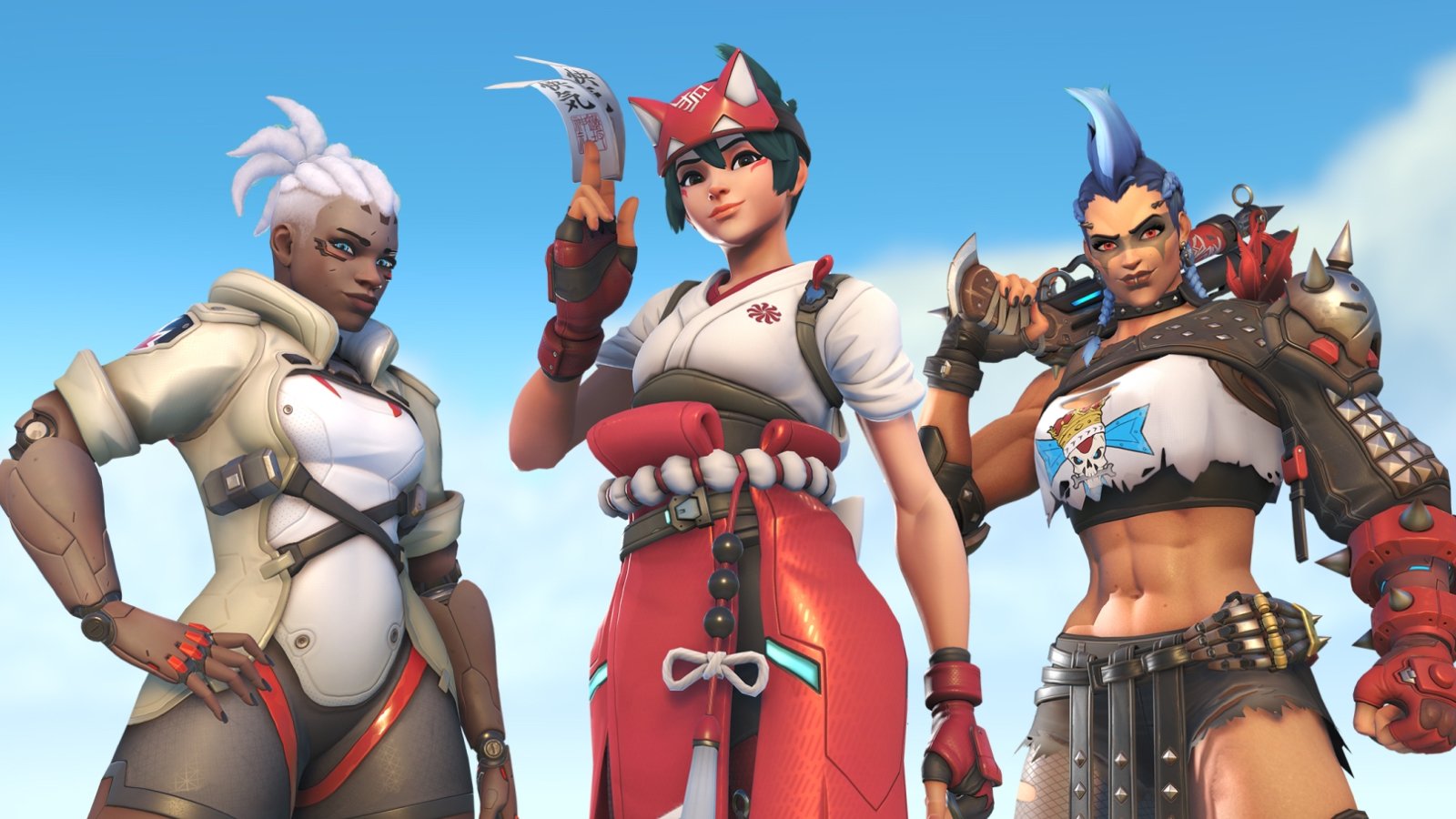
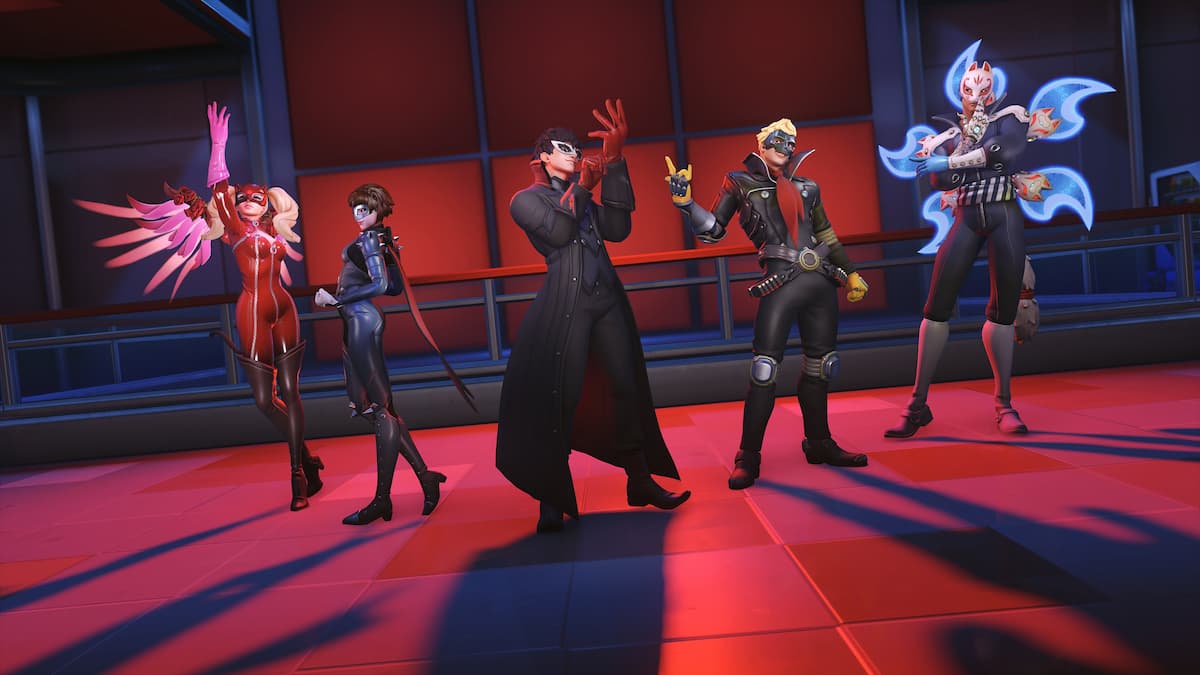
Published: Oct 4, 2022 02:00 pm